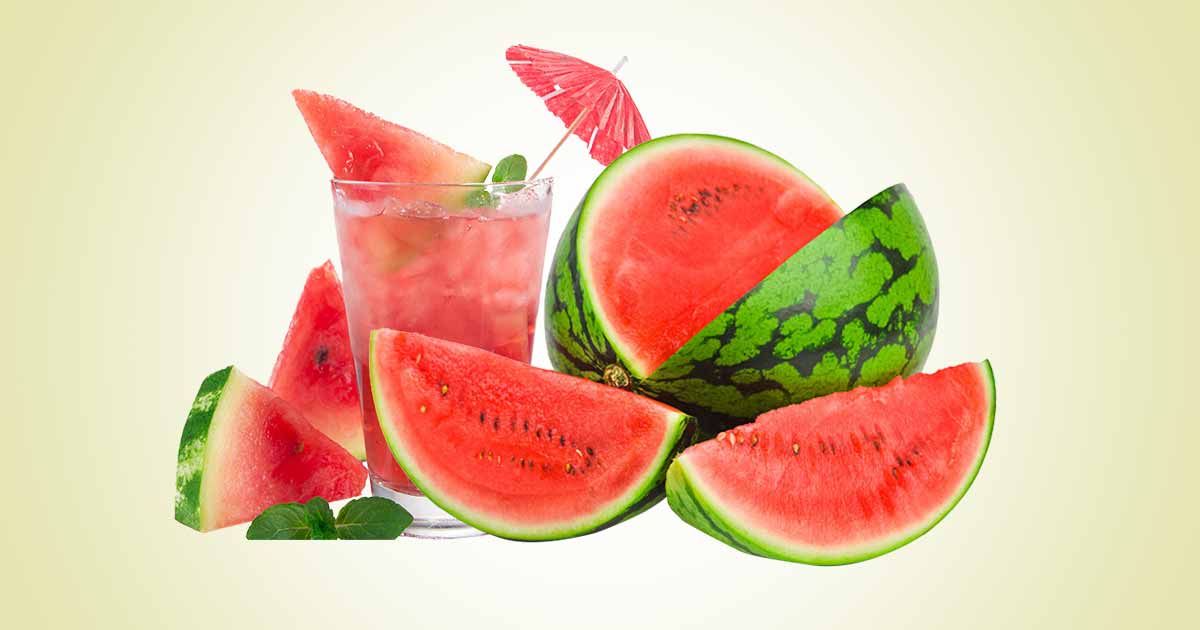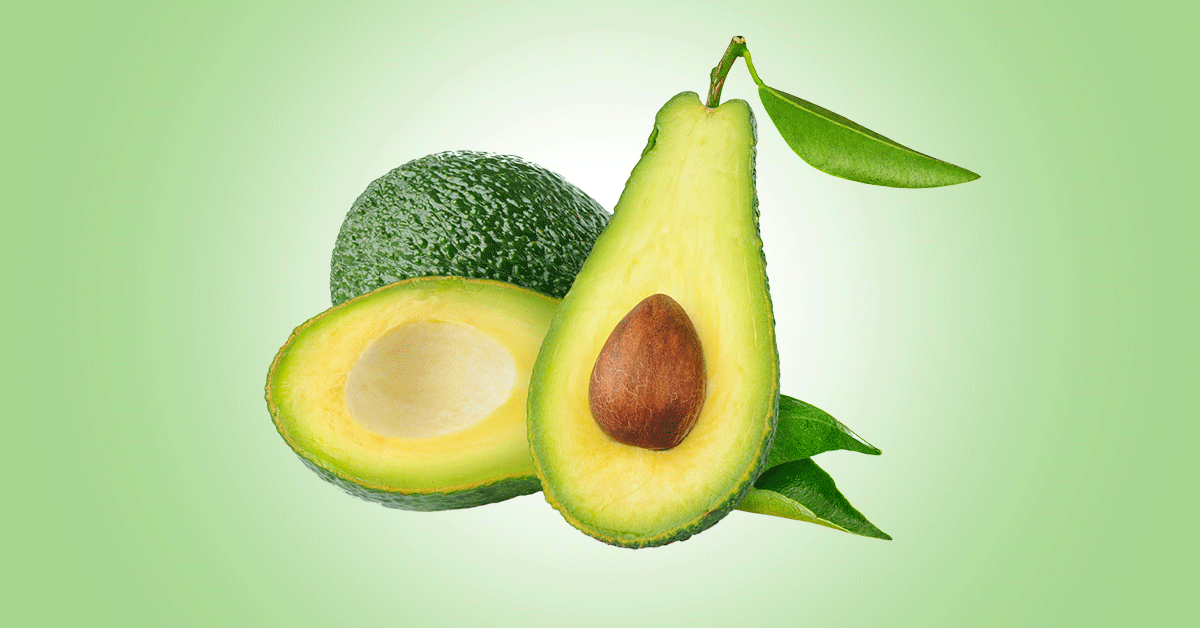Watermelon plant (Citrullus lanatus) is a plant belonging to the Cucurbitaceae or gourd family. The family includes cucumber (C. sativus), chayote (Sechium edule), bottle gourd (Lagenaria siceraria), musk cucumber (Sicana odorifera), squash, and pumpkins. Watermelon is classified as a vegetable plant, but considered as a fruit.
Watermelon is originally from Southern Africa, but is widely grown in the Middle East, the USA, Africa, India, Japan, and Europe. China, Iran, Turkey, the United States, Egypt, Mexico, Spain, and Brazil are the largest commercial producers.
Other names of Citrullus lanatus include Melancia (Portuguese), Sandía (Spanish), Karpusi (Greek), Melon d’eau (French), Bateekh (Arabic), Wassemelone (German), Kharbuza (Hindi), Anguria (Italian).
It is a warm season crop that requires high temperature, hence it grows well in tropical climate. Also, it is not chill-resistant.
The leaves are oval but may be broader towards the base, or apex. They are rough to touch and heavily pinnatified. The stems are long, hairy, highly branched tendrils at each node.
Citrullus lanatus are monoecious, as they have separate male and female flowers in the same plant. The flowers are small, sulphur yellow, and less obvious than other cucurbits. It is produced eight weeks after seeding.
The fruit is round to oblong, has a firm outer rind, a layer of white inner rind flesh. Fruit rind may be thin or thick, brittle or tough. The skin of the fruit has a smooth skin, and can be yellow, orange, light green to almost black, either solid or striped with a paler green or marbled colored. The edible flesh is the endocarp (placenta) can be white, cream yellow, pale red, red or dark red.
The edible fruit may be seeded. The seeds are small, long, flattened, and can be colored white, tan, brown, black, red, green, or mottled. Watermelon varieties can be seeded and seedless types.
Types of Watermelons
- Seeded watermelon: This type is round or oblong, and has black seeds
- Seedless watermelon: Has small, edible white seeds. They include varieties such as Crimson Sweet, Bijou, King of Hearts, Queen of Hearts, Amarillo, Nova, Jack of Hearts, and Trio.
- Orange or yellow watermelon: All types that lack lycopene fall under this category. They include Desert King, Yellow Doll, Yellow Baby, and Tender-gold.
- Miniature watermelon: Include Sugar Baby and the Tiger Baby. They have tiny rind.
Watermelons can be eaten fresh, or used in fruit salads, jams, jellies, powder, concentrated juice, or as deserts. It is sold whole or as fresh-cut pieces (slices or cubes). The rind is also consumed as a vegetable. It can be stir-fried, stewed, or pickled. When stir-fried, it is cooked with olive oil, garlic, chili peppers, basil leaves, scallions, sugar, and rum. Pickled watermelon is popular in the US, Russia, Ukraine.
Citrullus lanatus seeds have high protein and fat content. They are salted and used as snacks in Asia.
Composition of Watermelon
A 100g of watermelon contains 91.45 g of water, 0.61 g of proteins, 0.15 g of fats, 7.55 g of carbohydrates, 6.2 g of sugars, 0.4 g of dietary fiber, and 30 kcal of energy (USDA).
Mineral composition: Potassium (112 mg) is the most abundant mineral. It also has calcium (7 mg), and iron, sodium, magnesium, phosphorus, zinc, copper, and selenium.
Vitamins: Vitamin C at 8.1 mg is the highest vitamin content. Other vitamins present include riboflavin, niacin, thiamine, vitamin B-6, folate, choline, vitamin A, E, K.
Watermelon also contains bioactive compounds such as lycopene, beta-carotene, lutein + zeaxanthin, and beta-cryptoxanthin.
Watermelon Seed Constituents
The seed of Citrullus lanatus contains triglycerides, saturated fatty acids and omega-6. It also contains vitamins B, and minerals like potassium, magnesium, phosphorous, zinc, sodium, iron, manganese, and copper. Magnesium and potassium are the most abundant. The seed have high energy value and low moisture when compared to the pulp.
There are unsaturated fatty acids, mainly oleic, and linoleic acids, and saturated fatty acids such as palmitic and stearic acids. Antioxidant compounds, such as total phenol, α-tocopherol and vitamin-E, are obtained.
Bioactive Compounds
Cucurbitaceae family have carotenes (precursors of vitamin A). Lycopene is also present in watermelon. There is dietary fiber, and citrulline; an amino acid the body uses to make arginine.
Lycopene, a carotenoid, is found. It gives watermelon the red color. It is higher than the one in tomatoes.
Furthermore, Citrullus lanatus also contains phenolic compounds, hydroxycinnamic acids, hydroxybenzoic acids, flavonoids, stilbenes, coumarins, lignan.
The Seed
The seed contains phenolic acids, flavonoids, terpenoids (cucurbitacins), alkaloids, steroids, carotenoids, pectin, and saponins. The most dominant phytosterol is α-spinasterol. This compound has antitumor, antioxidative, and anti-inflammatory activities, and influence the metabolism of cholesterol. Seed oil also contains β-sitosterol, campesterol and stigmasterol.
Flavonoid such as rutin, and quercetin are reported, while phenolic acids such as caffeic acid, syringic acid, ferrulic acid, vanilic acid, sinapic acid, p-coumaric acid, gallic acid, and 4- hydroxy benzoic acid.
Health Benefits of Watermelon
Citrullus lanatus has antioxidant, anti-inflammatory, antimicrobial, anti-diabetic, anticancer, cardiovascular, gastroprotective benefits.
Prevents obesity: Watermelon has low calories, high water content, and dietary fiber. This makes it an excellent choice of fruit for prevention of obesity and weight loss. Pectin, a polysaccharide, controls the absorption of carbohydrates and cholesterol. It can also delay gastric emptying and induces satiety.
Watermelons keep the body hydrated and contains little natural sugar.
Cardiovascular health: Citrullus lanatus contains citrulline. This compound is an antioxidant, which is endogenously converted to arginine. Arginine is oxidized to form NO. NO helps in vasodilation. In artherosclerosis, it improves endothelium-dependent vasorelaxation.
It also reduces plasma cholesterol concentration, and weight gain, and decreased atherosclerosis.
Minerals such as potassium, magnesium also helps to lower the blood pressure.
Fights cancer: The lycopene in Citrullus lanatus is an antioxidant, and anti-cancer compound. Lycopene is also the carotenoid, that best protects skin protects against solar radiation damage.
Anti-inflammatory activity: Citrullus lanatus improved homeostasis of pro- and anti-inflammatory
cytokines, and inhibits Cox2. Terpenoid, such as cucurbitacin, and cucurbitacin E from the seed, have anti-inflammatory action.
Antimicrobial activity: Sola et al. reported antibacterial activity of the Citrullus lanatus extract against Escherichia coli, Staphylococcus aureus, Pseudomonas aeruginosa, Enterococcus faecalis and Bacilus subtilis. The seed extract also showed antifungal and antibacterial activities.
Antioxidants: Lycopene, citrulline, phenolic acids, flavonoids, vitamins in watermelon are natural antioxidants. They prevent free radical formations and diseases like cancer, cardiovascular diseases.
Liver protective activity: The seed extract inhibited the elevations of hepatic enzymes in serum,
and prevented the histopathological changes induced by CCl4 in mice.
Anti-diabetic effect: In a study by O. A. Oseni et al., watermelon juice reduced sugar levels, increased antioxidant enzymes, glutathione (GSH), glutathione peroxidase (GPx), catalase, and superoxide dismutase (SOD), and reduced malondialdehyde (MDA) concentration, in alloxan-induced diabetic rats.
Improves sexual function: Citrullus lanatus contains citrulline, an amino acid compound that stimulate cGMPs, which improves blood flow. It increases serum testosterone and luteinizing hormone. It has a viagra-like action, and boost libido, erection.
Gastroprotective effect: The aqueous fruit pulp concentrate of Citrullus lanatus showed significant gastroprotective potential against pyloric ligation and indomethacin-induced ulceration in rats.
Drug Interaction
Watermelon, avocados, bananas, plantains, coconut waters are rich in potassium. They can interact with ACE inhibitors (captopril, enalapril, and lisinopril), a group of blood pressure lowering drugs that helps to retain potassium in the body. This may increase the potassium levels too high in the body.
This interaction may also occur with potassium-sparing diuretics, such as triamterene and spironolactone.
Side Effects
Watermelon may cause abdominal discomfort, bloating, gas, sugar levels in the body, orange discoloration of your skin. It has lycopene, which may cause nausea, bloating, indigestion, diarrhea, when consumed in excess.
The watermelon seed also has antinutrients such as oxalate, phytate and tannin, which may interfere with digestion, absorption of nutrient in the body. Heat treatment can reduce the antinutrient levels.
References
- https://www.uky.edu/ccd/sites/www.uky.edu.ccd/files/watermelon.pdf
- https://www.jmchemsci.com/article_145016_42599e72ad00ec94f7163deb0c8c10c1.pdf
- https://www.itfnet.org/v1/2016/05/watermelon-name-taxonomy-botany/
- https://bdigital.ufp.pt/bitstream/10284/9353/1/VALORIZATION%20OF%20WATERMELON%20FRUIT%20%28CITRULLUS%20LANATUS%29%20BYPRODUCTS_2021.pdf
- https://www.britannica.com/topic/list-of-plants-in-the-family-Cucurbitaceae-2038063
- https://fdc.nal.usda.gov/fdc-app.html#/food-details/1102698/nutrients
- https://www.ncbi.nlm.nih.gov/pmc/articles/PMC4697216/
- https://www.nfcr.org/blog/cancer-fighting-food-watermelon/
- https://www.nfcr.org/blog/cancer-fighting-food-watermelon/
- https://www.smithcaldwell.com/the-most-common-food-and-drug-interactions/
- https://www.whataboutwatermelon.com/index.php/2018/11/watermelon-varieties/












